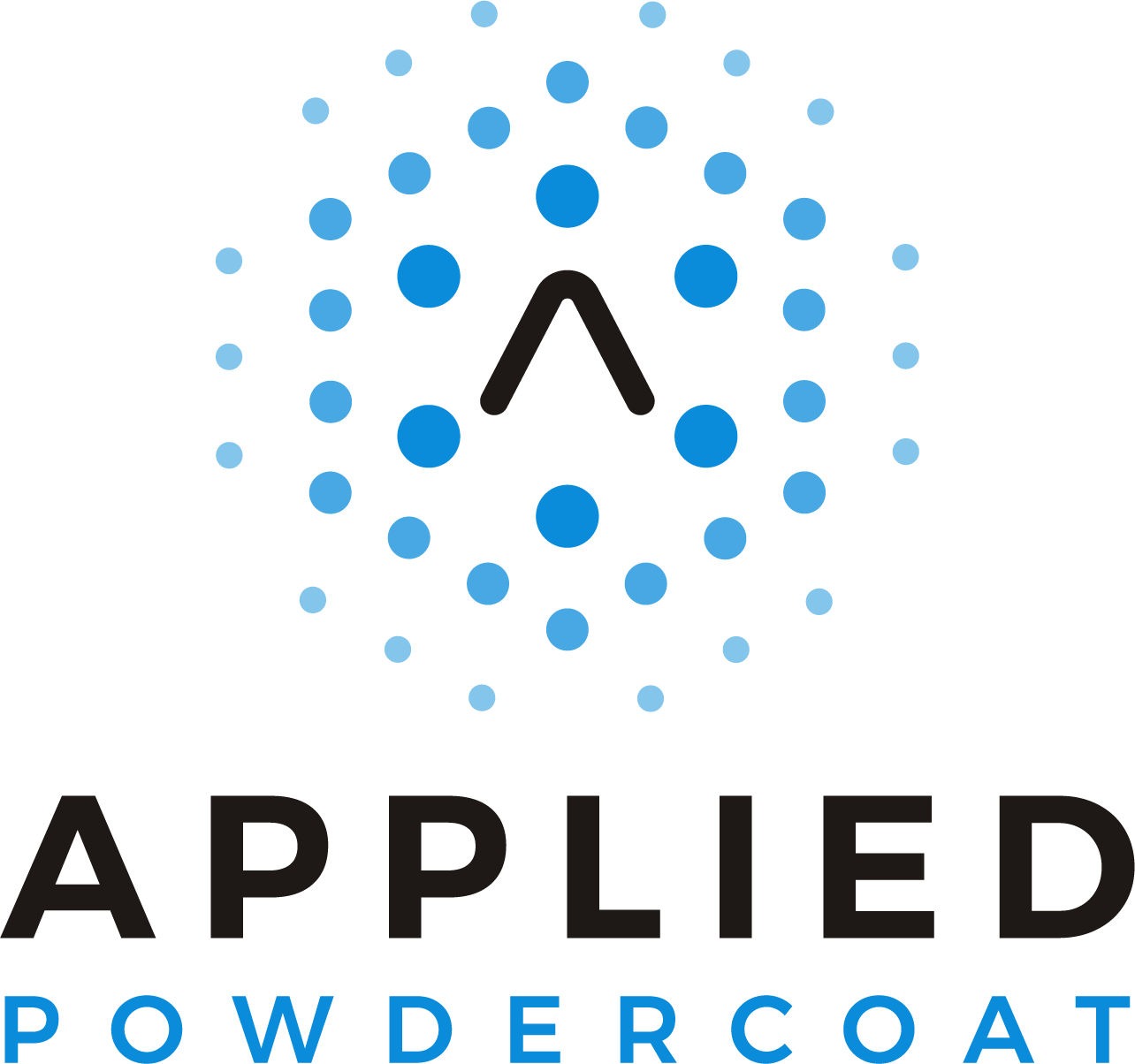Powder Coating Services Aren’t Just for Metal Parts!
What do rebar, nail polish bottles, and cheeseburgers have in common?
They’re all items that can be powder coated!
(While we’ve never powder coated a cheeseburger at Applied Powdercoat, we have seen it done!)
Powder coating is typically associated with metal, but this popular finishing process can also produce great results when used with other materials. Let’s take a look at some of those materials and explore what makes a material a great candidate for powder coating services.
Powder Coat These Non-Metal Materials
Here are three non-metal materials that are compatible with powder coating:
Glass
Manufacturers in the pharmaceutical, food and beverage, and cosmetics industries often choose to powder coat the bottles containing their products. In addition to being highly durable and environmentally friendly, powder coating lends a polished look to bottled items and protects their contents from damage caused by ultraviolet rays.
Ceramics
Powder coating can enhance the appearance and durability of ceramic items such as tableware and vases. Certain powder coat varieties create a beautiful glossy sheen that is difficult to achieve with traditional glazing methods, making powder coating a popular option for finishing decorative ceramic items. If you’re coating tableware, be sure to ask about food-safe powder coating options.
Medium-density fiberboard (MDF)
Although most types of wood contain too much moisture to be compatible with powder coating services, a particular type of low-moisture MDF is an excellent match for the treatment. Frequently used in cabinet making, MDF attains a tough, chip-resistant finish through powder coating that remains durable over time.
Factors to Consider before Selecting Powder Coating for Your Material
Is powder coating a good choice for your material? The answer depends on three main factors: heat tolerance, moisture content, and the condition of the part or item.
Heat tolerance
Metal parts are powder coated using an electrostatic spray gun that causes the powder to pick up a static charge and stick to the grounded part. This charge is strong enough to hold the powder on the part until it is cured.
However, this approach doesn’t work with nonconductive materials like glass, wood, or clay. Instead, we must heat the material to a high enough temperature that the powder will begin to melt upon contact with the part. It’s best to avoid materials that can’t take the heat (e.g., most plastics).Moisture content
In general, we refrain from powder coating materials with high moisture content, such as most types of wood. When high-moisture materials are heated, the water rises to the surface, creating bubbles in the finish that compromise not only the appearance of the coating but also its durability.
Part condition
The condition of your part should always factor into your decision, whether the part is made from a metal or nonmetal material. Old or damaged parts aren’t always good candidates for powder coating services. Highly corroded automotive parts, for instance, may crumble to bits during the sandblasting step in the process.
Our Promise to You
Since opening our doors in 1989, Applied Powdercoat has provided exceptional powder coating services to customers ranging from high-volume aerospace and defense machining companies to walk-in clients hoping to give their prized possessions a second life.
We love a challenge. Bring in any item for powder coating—no matter how small or obscure—and we’ll do our best to deliver the results of your dreams.
Still wondering if powder coating services are a good choice for your part? Let us help you decide! Contact us today, and let’s discuss your project.


